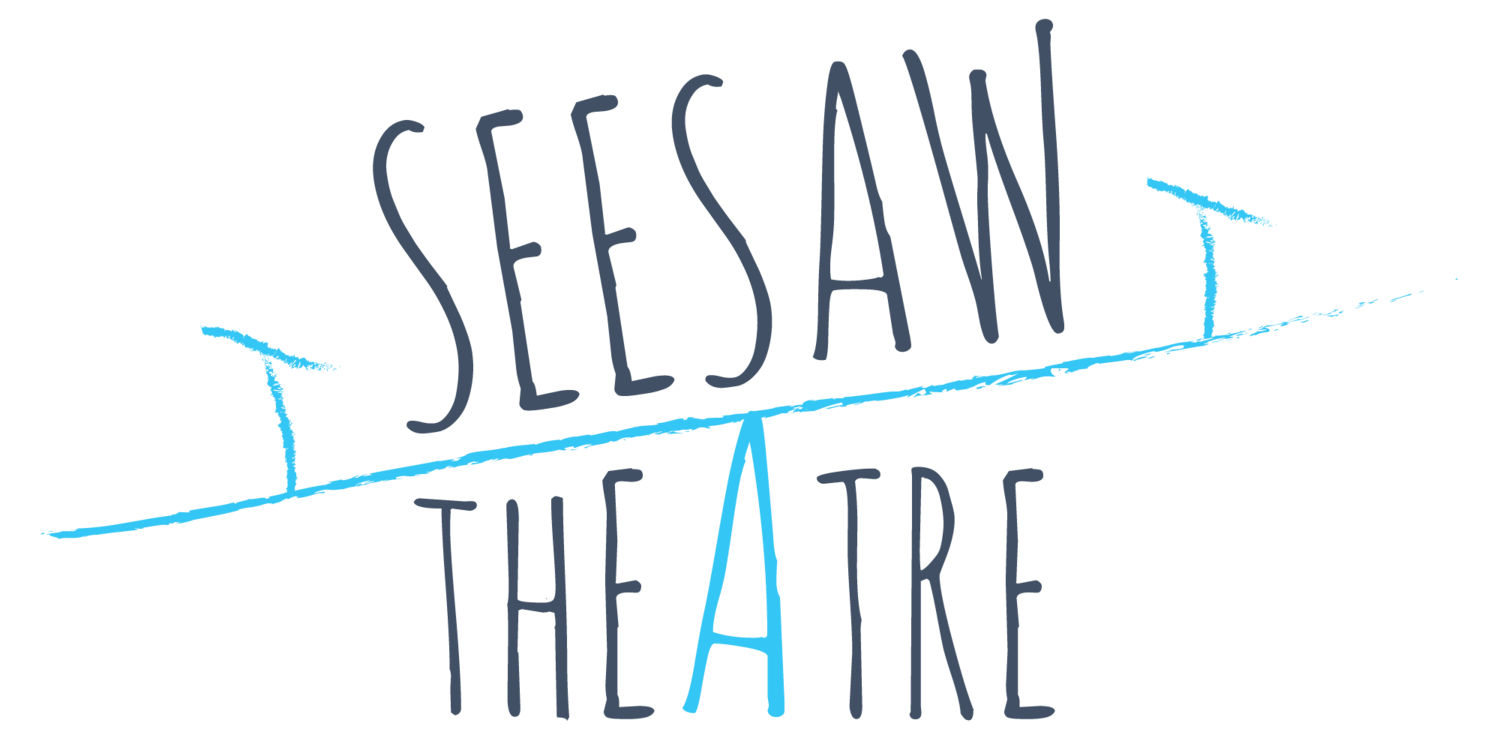As director of Seesaw’s fourth annual production, I am ridiculously excited to share our 2016 theme: EARTH.
Allow me to step back in time and give you a picture of young Emily circa elementary school: I was obsessed with the weather. I tuned in to Weather on the 1s at 7:01, 7:11, and 7:21 before being shuffled off to school; I checked out large picture books from the library about meteorology; I explained in detail to anyone who would listen my (basic) understanding of how thunderstorms happen. The changes in the weather from the micro--the moment a drizzle gives way to a downpour--to the macro--the subtle oncoming of crisp autumn air--were both predictable and thrilling. These shifts in the sky, sea, and land follow calculable patterns and still amaze.
A professor of mine once shared her key advice in relation to puppetry that has since become a mantra for me: “the audience is hungry for transformation.” The earth’s dramatic changes from day to day, season to season, and millennia to millennia provide us with rife opportunities to go on journeys together with our audience. These natural stories in particular feel so perfect for Seesaw’s audiences because they are not predicated on knowledge of societal conventions and human interaction.
Every year Seesaw seeks to elevate the ordinary to the extraordinary by using all our senses in new ways. After doing research over the summer on theatre and developmental differences in the U.K. I’m eager to explore the ways our show can live in more abstract worlds than we've inhabited in the past. With EARTH as the ensemble’s starting point we already have endless sensory experiences to draw from as we devise a new production: how do we use the tools available to us to depict rain, snow, grass, wind, sunset, moonlight, mountains, rivers? Traveling to faraway landscapes is a privilege that is restricted to only some based on resources and accessibility. With the magic of theatre we are able to take our audiences wherever we want on the planet.
Seesaw seeks to both affirm and challenge: we start by creating an environment in which our audience can interact with the ensemble, the space, and the story according to their own needs and desires. Here we invite them to listen, to learn, and to connect in ways they might not have before. EARTH may guide our audience into familiar territory: what does a thunderstorm sound like? How does the rain feel? And from this point of connection we can go anywhere. How does it feel to be the lava inside a volcano? What does a waterfall smell like? What's the color of the sound of crickets?
As Seesaw picks up momentum towards our spring production, each new idea is followed by many more questions. I invite you on this journey with me from auditions to rehearsals to performance, from Evanston to the mountains, the ocean, the skies, and beyond!

